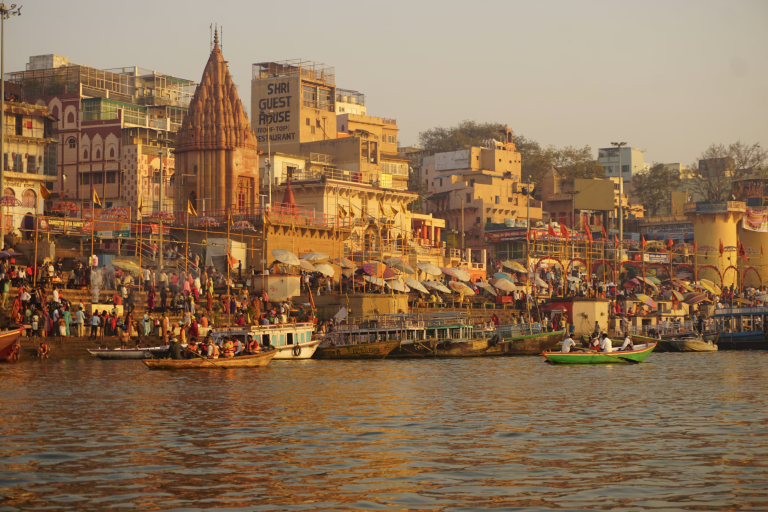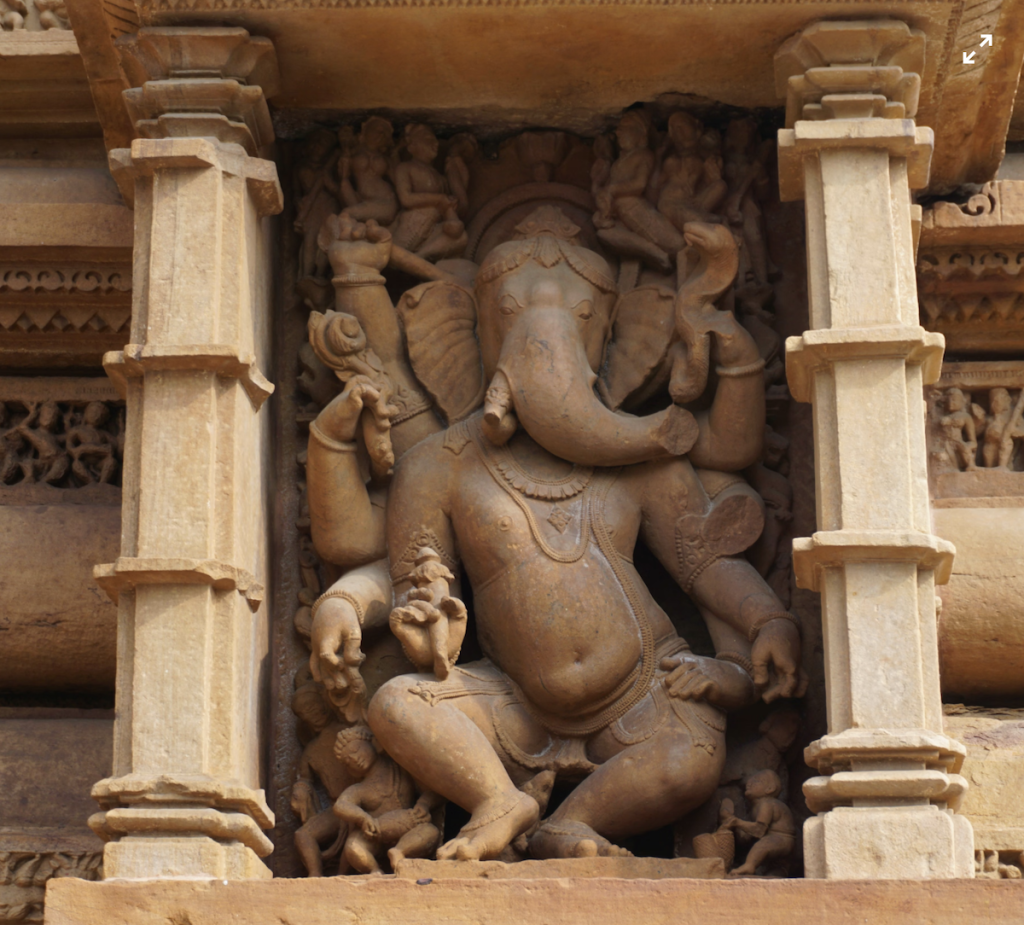
Photo: Gurth Bramall/Unsplash.
India, with its rich history, cultural diversity, and natural wonders, is a fascinating and complex nation. As it continues to navigate the challenges and opportunities of the modern world, India’s journey towards unity in diversity remains a testament to the resilience and spirit of its people.
Delhi, India. As I travel through India, covering the nation as it navigates its immense diversity and rich cultural heritage, I receive e-mails from friends at home asking me to explain the basics. Here we go:
India, officially the Republic of India, is a vast and diverse country located in South Asia. It is bordered by Pakistan to the northwest, China and Nepal to the north, Bhutan to the northeast, and Bangladesh and Myanmar to the east. To the south, it is bounded by the Indian Ocean.
Delhi, India. As I journey through India, capturing the essence of a nation that thrives on its diversity, I frequently find myself explaining the basics to curious friends back home. Here’s a primer:
India, known officially as the Republic of India, is the seventh-largest country by land area and the second-most populous country in the world, with over 1.4 billion people. India is a federal parliamentary democratic republic, with New Delhi as its capital.
Ancient Civilizations and Colonial History
India’s history is marked by the rise and fall of many powerful civilizations and empires, such as the Indus Valley Civilization, the Maurya Empire, and the Mughal Empire. This long and rich history has left India with a multitude of cultural and architectural wonders, including the Taj Mahal, the temples of Khajuraho, and the ancient city of Varanasi.

In the late 15th century, European traders arrived in India, leading to colonial interests from Portugal, the Netherlands, France, and most significantly, Britain. The British East India Company established control in the mid-18th century, eventually leading to direct British colonial rule in 1858.
Struggle for Independence
India’s struggle for independence was marked by significant movements and figures, such as Mahatma Gandhi [Luce Index™ rank: 95], who advocated for non-violent resistance, and Jawaharlal Nehru, who became the first Prime Minister. After a long and arduous fight, India gained independence from British rule on August 15, 1947.
Ethnic and Religious Diversity
India is a mosaic of ethnic groups, languages, and religions. There are 22 officially recognized languages, with Hindi and English being the most widely spoken. The Indian Constitution recognizes Hindi in the Devanagari script as the official language of the central government. However, each state can have its own official language.
Religiously, India is predominantly Hindu, with about 80% of the population adhering to Hinduism. However, India is also home to significant Muslim, Christian, Sikh, Buddhist, and Jain communities. This religious diversity is celebrated through numerous festivals, such as Diwali, Eid, Christmas, and Vaisakhi.
Cultural Richness
India’s cultural heritage is rich and varied. Traditional arts, music, dance, and crafts flourish throughout the country. Classical dance forms like Bharatanatyam, Kathak, and Odissi, along with music genres like Hindustani and Carnatic, showcase India’s artistic wealth. Bollywood, based in Mumbai, is a major global influence, producing the largest number of films in the world.
Natural Beauty and Biodiversity
India’s natural beauty is diverse, ranging from the towering Himalayas in the north to the tropical beaches of Goa and Kerala in the south. The country is home to numerous national parks and wildlife sanctuaries, such as Ranthambore, Jim Corbett, and the Sundarbans, which are habitats for Bengal tigers, Asian elephants, and various unique flora and fauna.
Economic Growth and Challenges
India has seen rapid economic growth over the past few decades, becoming one of the world’s largest economies. Key sectors include information technology, telecommunications, textiles, and agriculture. Cities like Mumbai, Bengaluru, and Hyderabad are major economic hubs.
However, India faces significant challenges such as poverty, inequality, and environmental issues. Urbanization, pollution, and climate change are pressing concerns that need sustainable solutions.
Conclusion
India, with its rich history, cultural diversity, and natural wonders, is a fascinating and complex nation. As it continues to navigate the challenges and opportunities of the modern world, India’s journey towards unity in diversity remains a testament to the resilience and spirit of its people.
#IncredibleIndia #UnityInDiversity #IndianCulture #TravelIndia #IndianHistory #GlobalCitizen #CulturalHeritage #DiscoverIndia #IndiaTravel #ExploreIndia
In India: The Basics for Americans (May 27, 2023)